Opaline budgies are a well-known variety of budgies all over the world.
An opaline budgie has an opaline mutation that changes the pattern of the budgie’s body and color. The opaline mutation is a sex-linked and recessive mutation transferred with the “X” gene.
Opaline budgie characteristics are listed as follows:
- The opaline mutation reduces the intensity of the striations (dark lines) between the top of the head, neck, and wings.
- The opaline budgies have body colors (blue, green, gray, etc.) instead of base colors (white or yellow) on their wing feathers’ edges. Some wing feathers may have a blue, green, gray, violet, yellow, white, etc. center, middle black line, and body-colored line at the outer.
- Opaline budgies often have an opalescence effect on their back wings, which gives the variety its name, called “Opaline.”
- The opaline mutation transforms body colors between 10% and 20% lighter.
- Opaline budgies have full-width white or yellow stripes on the flight feathers that a part of the stripe can be seen while the bird is perching.
- The opaline mutation is sex-linked, recessive, and transferred with the X chromosome.
- Opaline budgies often have violet cheek patches.
- The tail feathers are mostly deep blue in color and may also have white or yellow feathers.
- Opaline budgies have blue to gray feet colors.
- Opaline budgies have dark-black eyes with iris rings.
- Male opaline budgies have medium blue cere color; females have light blue or white cere color. During the mating season, males have a deeper blue cere color; females have a bronze/tan cere color with a crusty-looking surface.
Opaline mutation reduces the intensity of the striations between the top of the head, neck, and wings.
Normal budgies have lines between the top of the head, the neck, and wings. Opaline mutation nearly removes the lines and gives the budgie’s top and head back area a beautiful appearance.
The absence of darker stripes on the back and upper back causes a “V” shaped appearance in opalescent budgies.
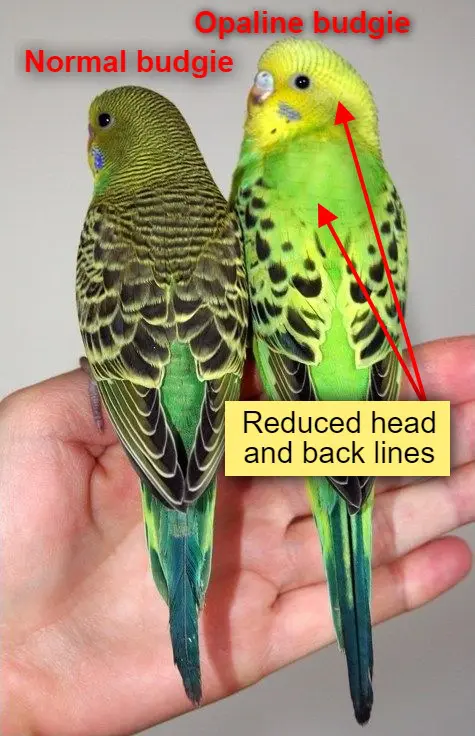
Opaline mutation replaces the base color with the body-color
Opaline budgies have wing feathers modified by the opaline gene.
Normal budgies have wing feathers with dark markings, and the markings have base colors (white or yellow) under them. The opaline mutation replaces the base colors with the budgie’s body color, which can be blue, green, gray, etc.
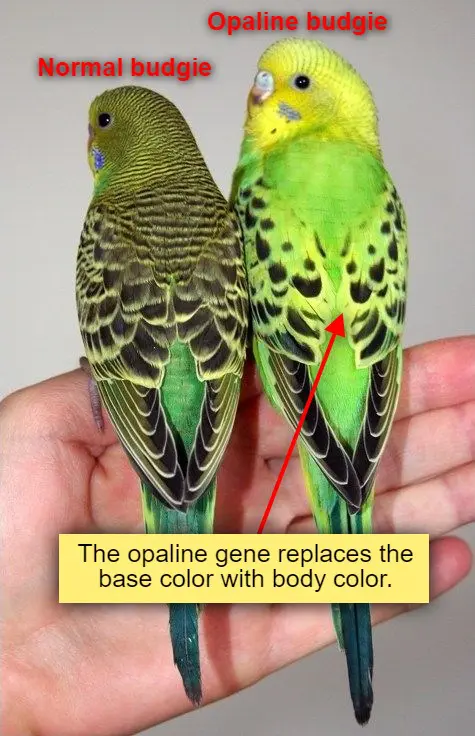
Opaline mutation transforms the body-color
The opaline budgies have approximately 10% lighter body colors all over the body.
A 10% color light color gives the opaline budgies a brighter look than other same-color budgies.
A slightly lighter/brighter body color causes the budgie to look bigger than other same-sized and non-opaline budgies.
What is the opalescence (opalescent) effect on opaline budgies?
The name “opal” origins from a stone called opal stone. The “opalescence” refers to the optical characteristic that opal stones have.
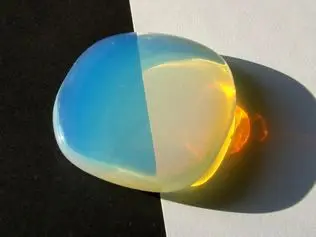
The opaline budgies have feathers that show an opalescence characteristic in the back of the feathers. This is where the name “Opaline budgies” comes from.
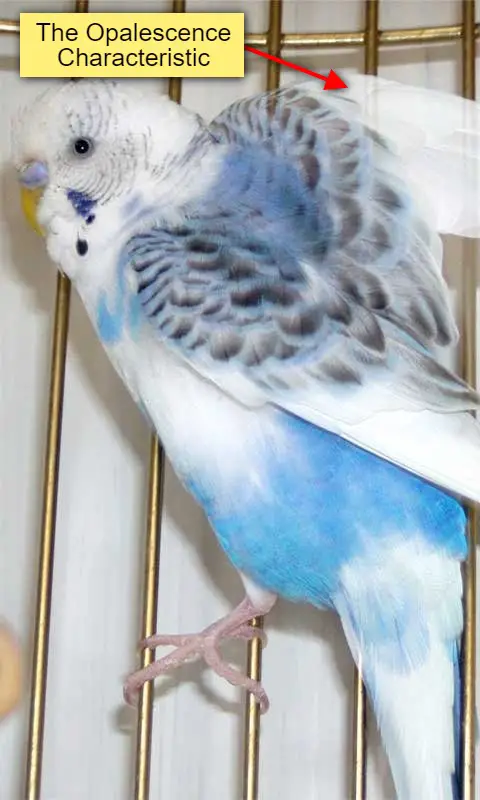
Opaline budgie with other mutations & varieties
Opaline budgies can have the opaline mutation alone or coexist with other mutations.
Thanks to the power of combinations of mutations, breeders can produce many new and remarkable budgie varieties with opaline mutations.
Opaline sky blue budgie
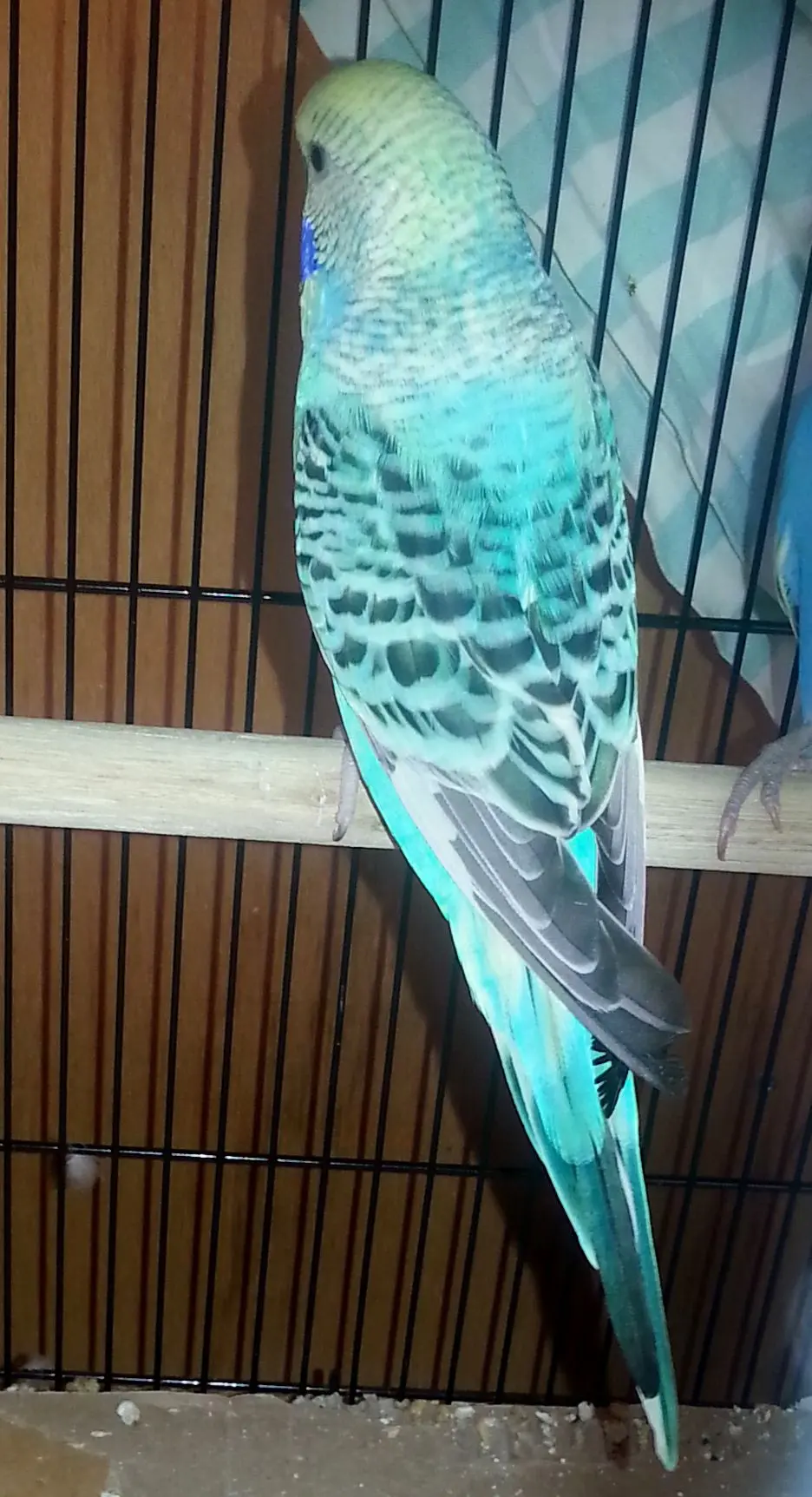
Opaline sky blue spangle budgie
Breeders often mix opaline and spangle mutations.
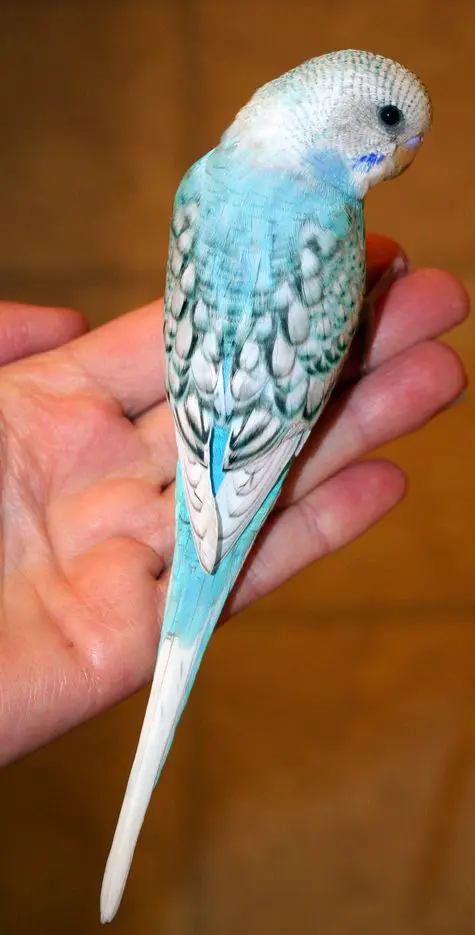
Opaline cobalt budgie
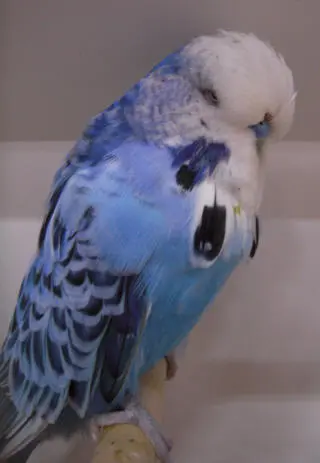
Opaline violet budgie
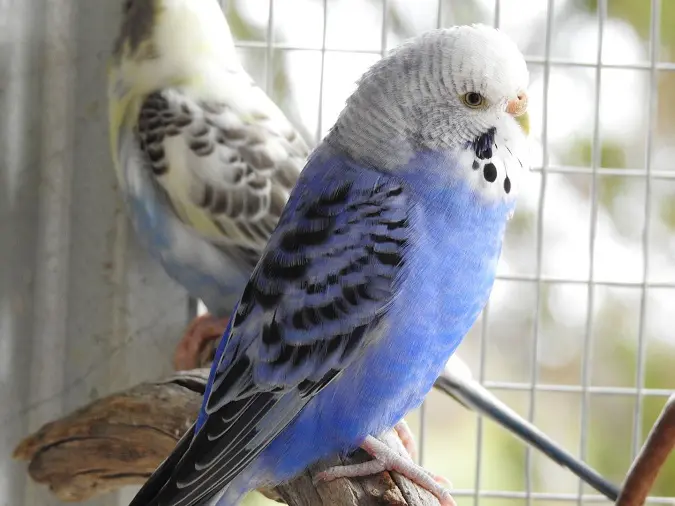
Opaline gray budgie
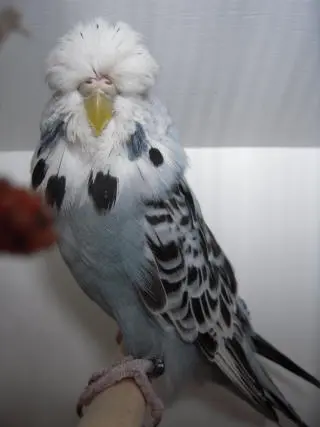
Opaline mauve budgie
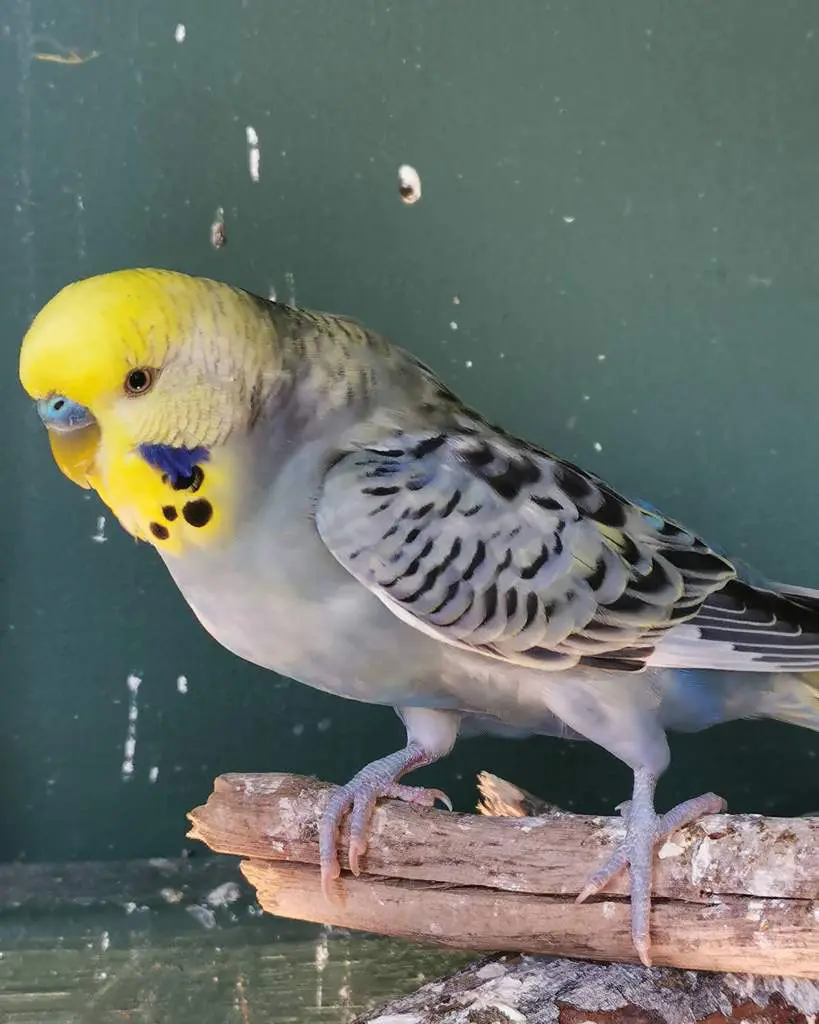
Albino (full white), lutino (full yellow) opaline budgies
Albino and lutino budgies have the ino gene that removes all pigmentation from the budgie’s body. The budgies only have base colors (white or yellow) with red eyes. Therefore, albino or lutino budgies may not show opaline mutation features in their appearance.
Opaline green budgie
Green opaline budgies are green series budgies with opaline mutations.
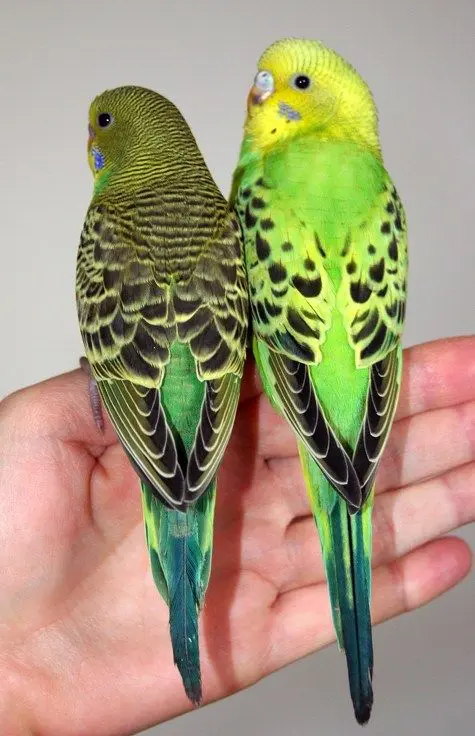
Opaline olive budgie
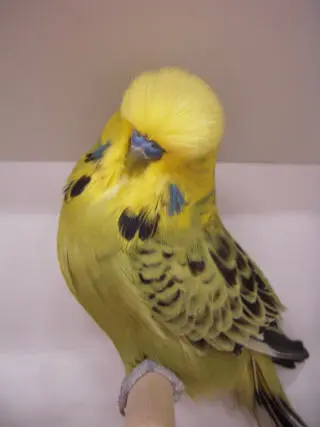
Opaline spangle green budgie
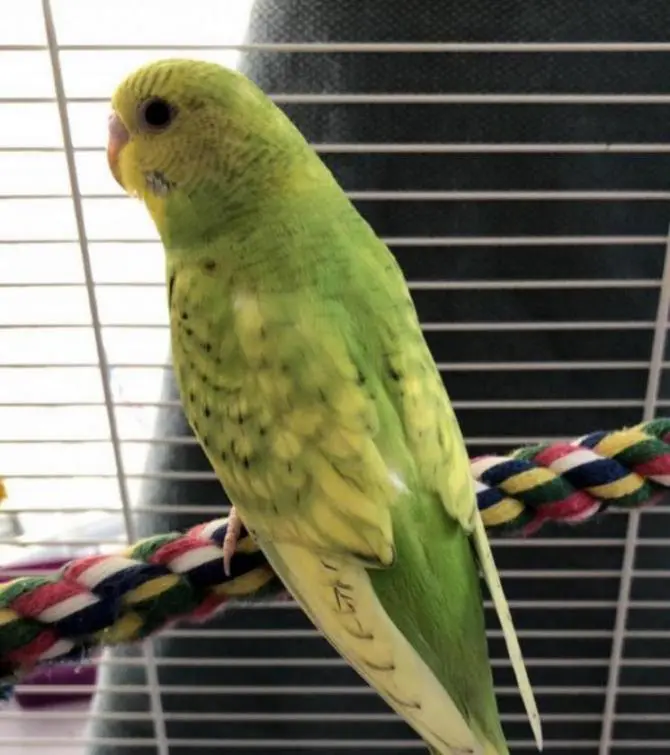
Opaline cinnamon budgie
Opaline and cinnamon mutations are two different mutations, and both change the appearance of budgerigars. The mutations combine with varying body colors (green, blue, gray, olive, etc.) and produce many varieties of budgerigar colors.
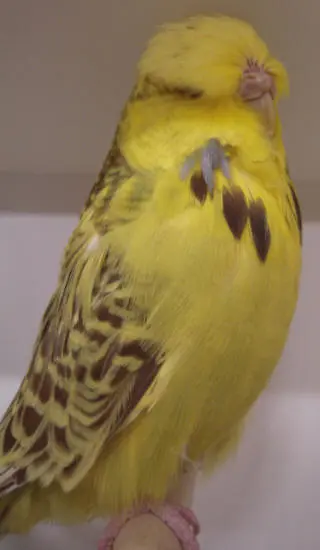
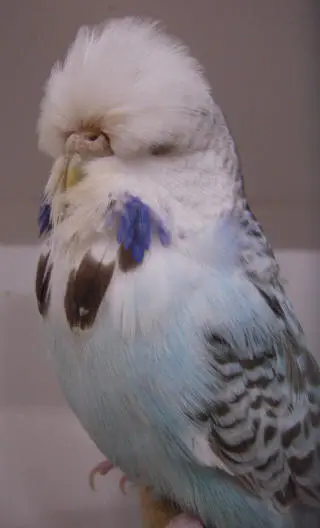
Opaline dilute budgie
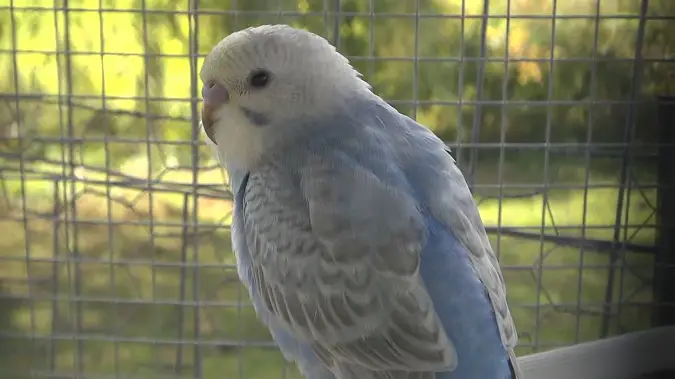
Opaline budgie rainbow
The rainbow budgie refers to the combination of mutations which are opaline, clearwing (whitewing), and yellowface or goldenface in the blue series. All rainbow budgies have the opaline mutation.
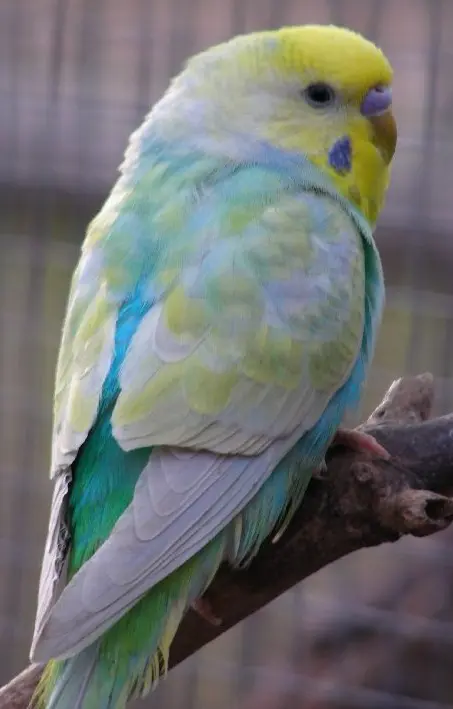
Opaline yellowface budgie
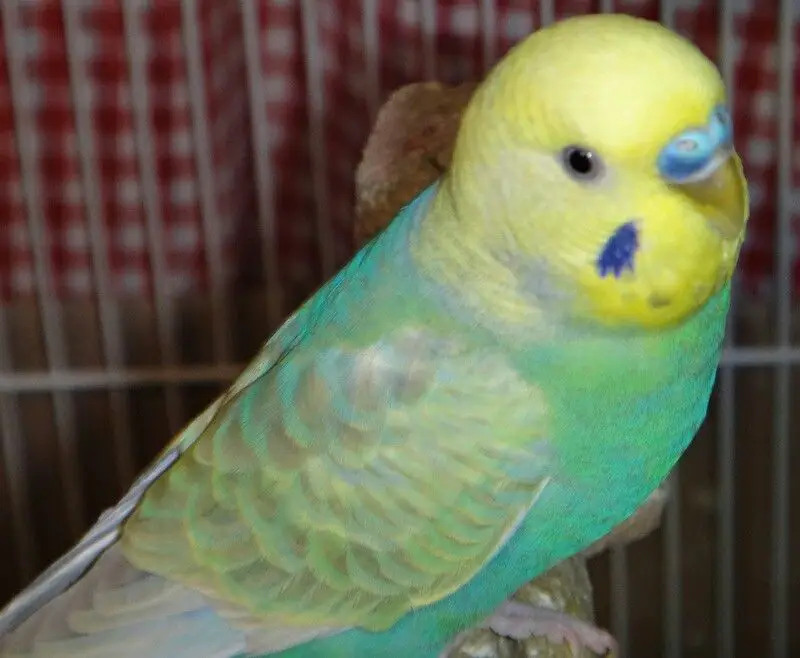
Opaline goldenface budgie
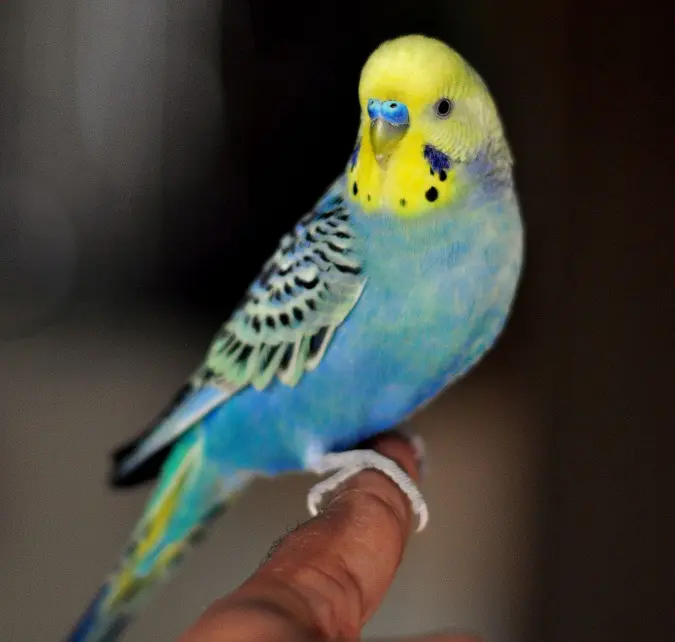
Opaline Texas clear body (TCB) budgie
Opaline and Texas clear body mutation, both sex-linked mutations combination that makes the combination relatively rare.
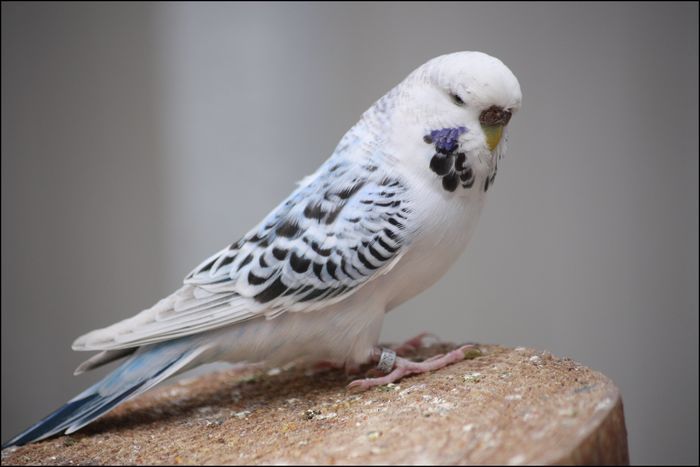
Opaline pied budgie
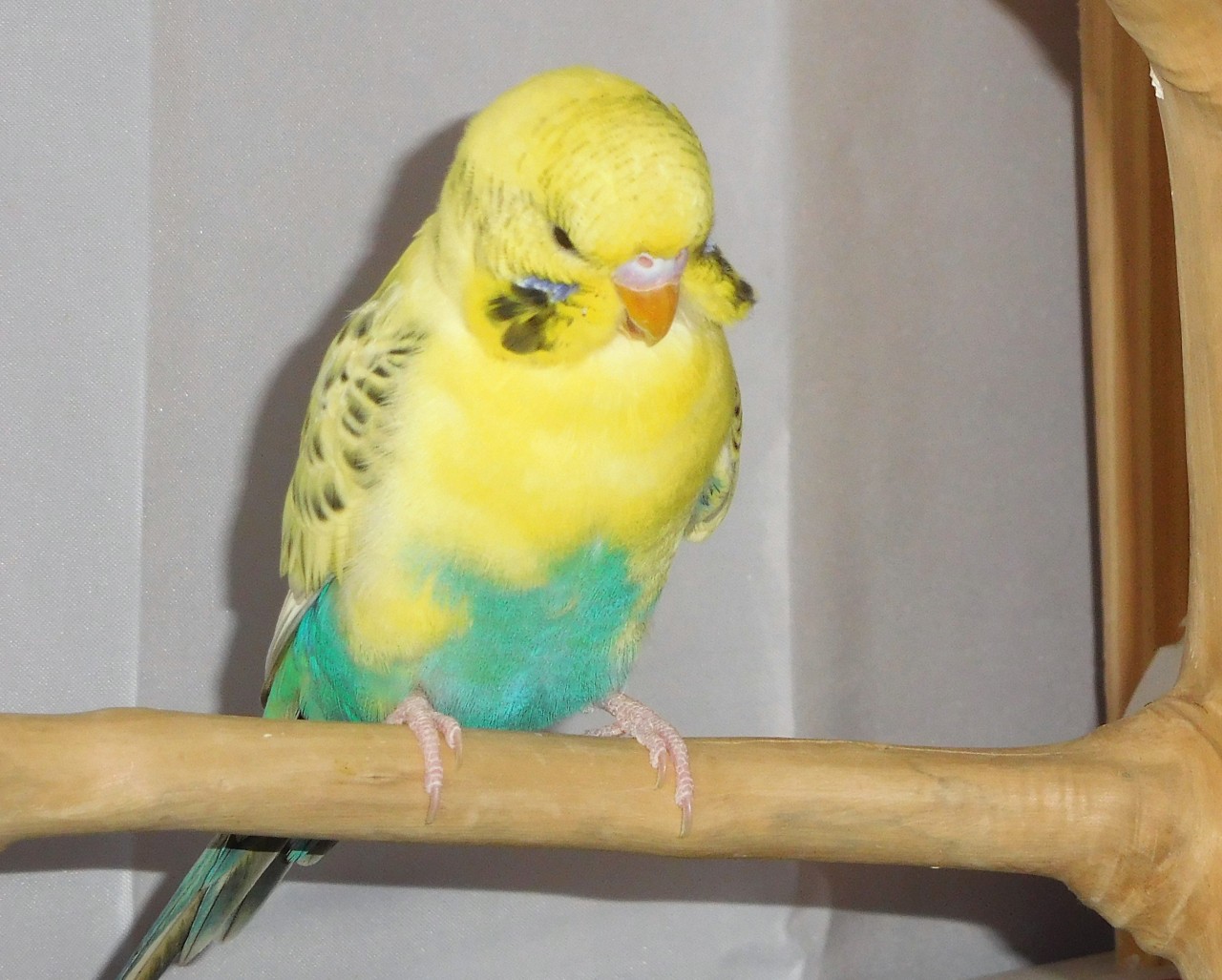
Opaline fallow budgie
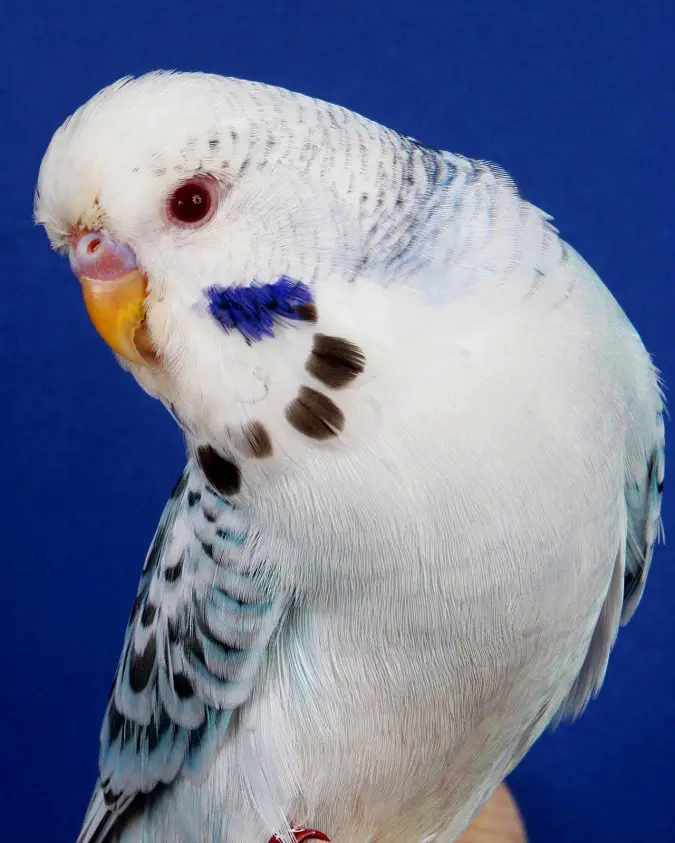
Opaline lacewing budgie
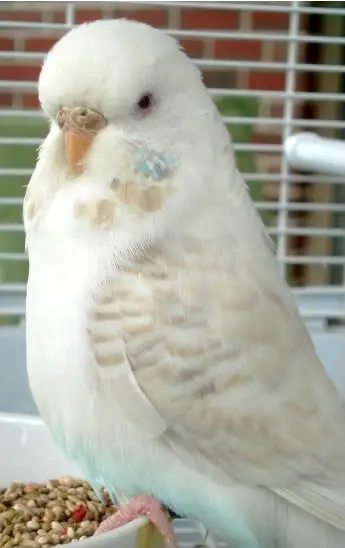
Opaline clearwing budgie
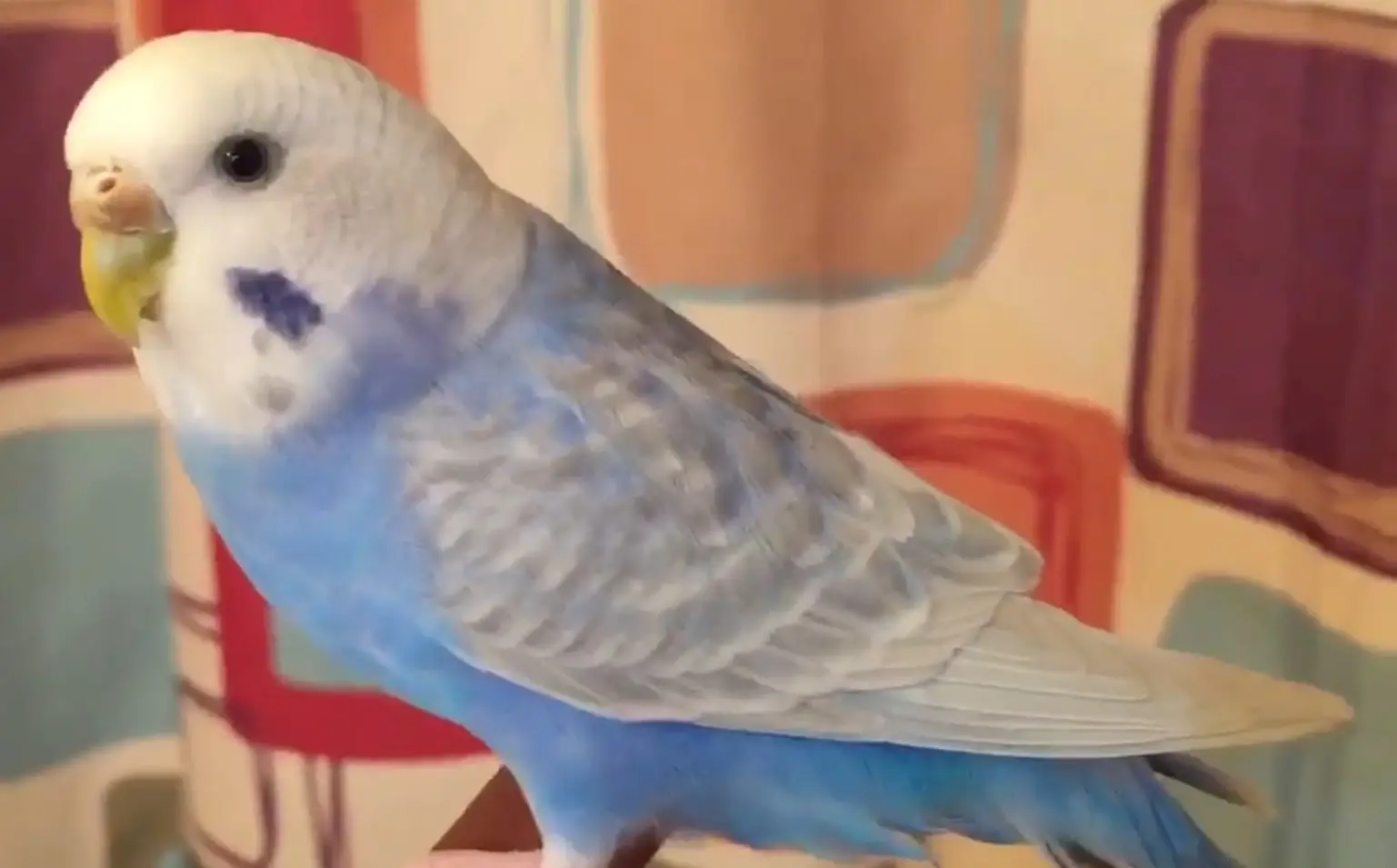
Opaline greywing budgie
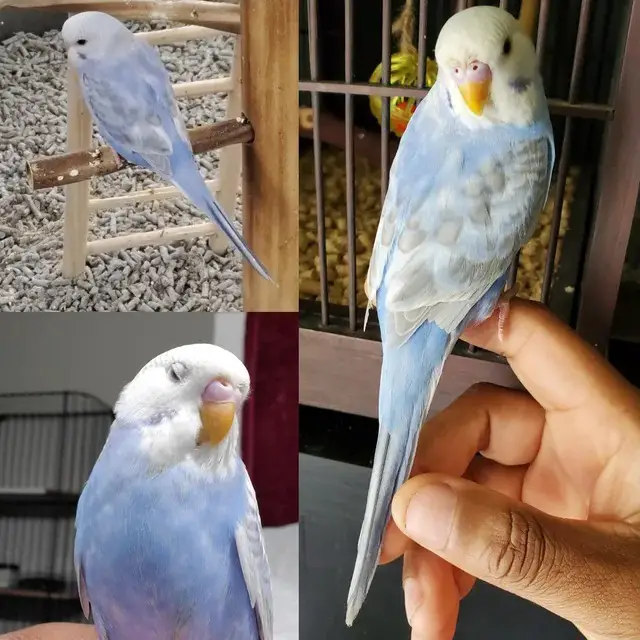
Opaline English budgie
English budgies are one of the earliest budgie mutations. English budgies have bigger bodies than native wild budgies. All English budgie types can have an opaline mutation.
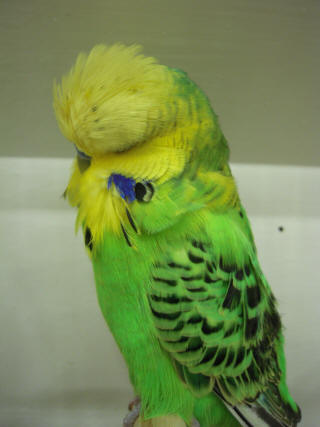
Opaline female and opaline male budgies
Opaline males and females that are visually opaline have the same visual appearance.
Opaline budgie genetics
The opaline budgie mutation is a relatively well-known sex-linked and recessive budgerigar mutation. Many budgerigar breeders have mixed the opaline gene with other mutations, resulting in many visual varieties.
How to breed opaline budgies?
The opaline mutation is a sex-linked and recessive mutation transferred with the “X” gene.
Female budgies have only one X gene. If a female budgie has an opaline gene, that means the budgie will be a visual opaline budgie.
Male budgies have two X genes. If a male budgie has two opaline genes, that means the budgie will be a visual opaline budgie. If a male budgie has only one opaline gene, that means the budgie is a split (hidden) opaline.
Split or hidden opaline budgies do not show opaline budgie characteristics. However, they transfer the opaline gene to the next generation of budgies. Without lab tests, no one can tell whether an unknown budgie is a split opaline budgie or not without ancestral genetic information.
Breeders need to know the parents’ genetic information to tell if a baby budgie is a split opaline.
Opaline budgie breeding expectations table/chart
| Pairings | Expectations |
|---|---|
| Opaline x Opaline | 100% Opaline |
| Opaline Male x Normal Female | Males: 50% Normal/Opaline Females: 50% Opaline |
| Normal/Opaline Male x Opaline Females | Males: 25% Opaline, 25% Normal/Opaline Females: 25% Opaline, 25% Normal |
| Normal/Opaline Male x Normal Females | Males: 25% Normal/Opaline, 25% Normal Females: 25% Opaline, 25% Normal |
| Normal Males x Opaline Females | Males: 50% Normal/Opaline Females: 50% Normal |
Opaline budgies cannot be considered rare. Many budgie breeders and enthusiasts have popularized the opaline mutation by combining it with other mutations worldwide.
Resources:
- https://www.world-budgerigar.org/colourstds.htm
![Lacewing Budgies [Appearance, Breeding, Genetics] +Photos](https://www.petiska.com/wp-content/uploads/2022/06/lacewing-budgies-appearance-breeding-genetics-photos-1654122448-400x300.jpg)
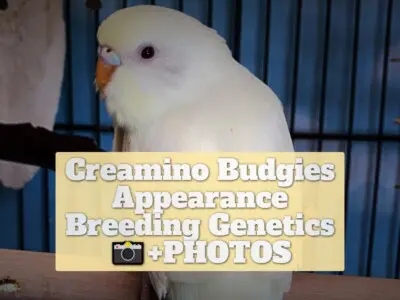
![Spangle Budgies: Appearance, Breeding, Varieties [+PHOTOS]](https://www.petiska.com/wp-content/uploads/2022/05/spangle-budgies-appearance-breeding-varieties-photos-1653863280-400x300.jpg)